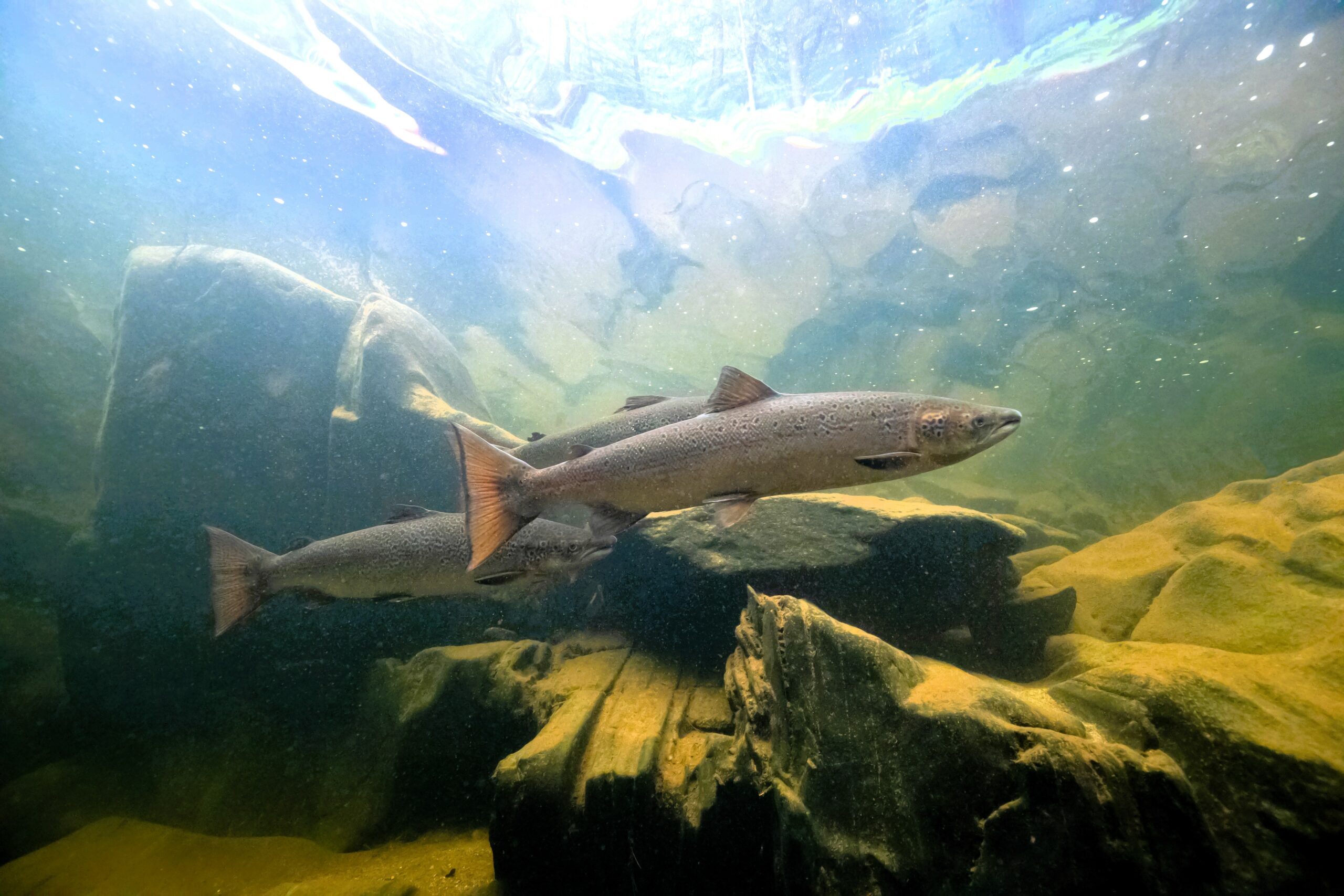
Subscribe & stay up-to-date with ASF

The removal of the Edwards Dam in 1999 marked a significant step in improving the Kennebec River’s health and economic opportunities. However, reconnecting Atlantic salmon and other sea-run fish to tributaries like the Sandy River remains a challenge.
Maine’s successful river restoration history highlights the potential for positive change. While the Draft Environmental Impact Statement outlines fish passage measures, concerns persist about their effectiveness, based on experiences elsewhere.
Collaboration among stakeholders is vital for addressing river restoration complexities. Technical improvements to the EIS, such as robust eel protection measures and multiple upstream fish lifts, are essential for successful sea-run fish restoration efforts.
Join us in safeguarding the Kennebec River’s future. Sign our petition to support sustainable sea-run fish passage measures and protect Atlantic salmon for generations to come.
To the Federal Energy Regulatory Commission (FERC),
The Kennebec River experienced a dramatic resurgence in water quality, wildlife, and economic opportunity with the removal of the Edwards Dam in 1999. We must continue this success by reconnecting Atlantic salmon and other sea-run fish to the Sandy River.
The fish passage proposals in the Draft EIS have not worked anywhere else in the world, and there is no evidence they’ll work on the Kennebec. Access to the upper river is essential for recovery of Atlantic salmon to ensure the species will continue to exist in the United States.
FERC needs to get all stakeholders to the table and work together on a solution that works for the river, for the fish, and for local people and businesses along the river.
This petition is presented by the Kennebec Coalition, comprising the Atlantic Salmon Federation, Maine Rivers, Natural Resources Council of Maine, Trout Unlimited, and Trout Unlimited’s Kennebec Valley Chapter, in partnership with the Conservation Law Foundation.